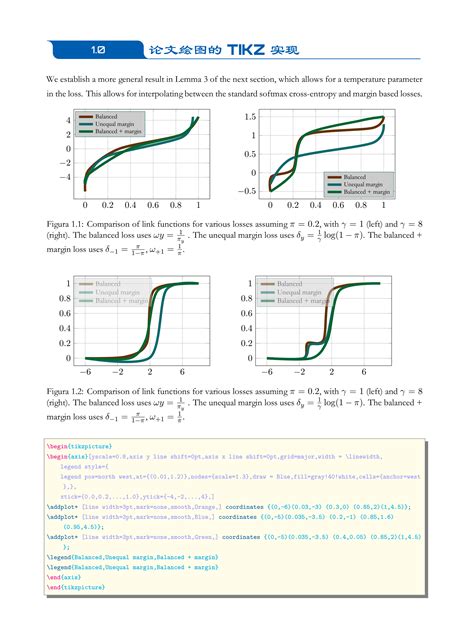```html

Best Practices for Handling Duplicate Code in Programming Papers
When writing programming papers, it's not uncommon to encounter situations where similar or identical code snippets appear throughout the document. While this can be necessary for clarity or to illustrate various points, it's essential to handle duplicate code effectively to maintain readability and avoid redundancy. Here are some best practices to follow:
One effective approach to deal with duplicate code is to modularize it. Identify common functionalities or algorithms and encapsulate them into functions, classes, or modules depending on the programming language being used. This allows you to reuse the same code snippet multiple times without duplicating it.
Abstracting the code involves extracting common patterns or logic into separate functions or classes. By doing so, you can eliminate redundancy and improve the maintainability of your code. Additionally, abstracted code is often more readable and easier to understand, contributing to the overall clarity of your paper.
Take advantage of existing libraries and frameworks whenever possible. Many programming languages offer extensive standard libraries or thirdparty packages that provide readymade solutions for common tasks. By leveraging these resources, you can reduce the need for writing duplicate code from scratch.
In cases where showing implementation details is not crucial, consider using pseudocode instead of actual code snippets. Pseudocode allows you to describe algorithms or logic in a languageagnostic manner, avoiding duplication while still conveying the intended concepts effectively.
When duplicating code is unavoidable, employ crossreferencing techniques to point readers back to the original instance. This could involve using hyperlinks, footnotes, or references to indicate where the code was previously discussed. By providing clear pointers, you can prevent redundancy without sacrificing clarity.
Accompany duplicated code with insightful commentary or explanation to justify its repetition. Discuss why the code is being reused and how it contributes to the overall narrative or argument of your paper. Providing context can help readers understand the significance of the duplicated code and its relevance to the topic at hand.
If you're collaborating on a programming paper or working on multiple revisions, consider using version control systems like Git. Version control not only helps manage changes to your codebase but also facilitates tracking and identifying instances of duplicate code. Additionally, it enables better collaboration among authors and ensures consistency across different versions of the paper.
Handling duplicate code in programming papers requires a thoughtful and systematic approach. By employing techniques such as modularization, code abstraction, and crossreferencing, you can effectively manage redundancy while maintaining the integrity and clarity of your paper. Remember to prioritize readability and consistency, and leverage available tools and resources to streamline the writing process.
